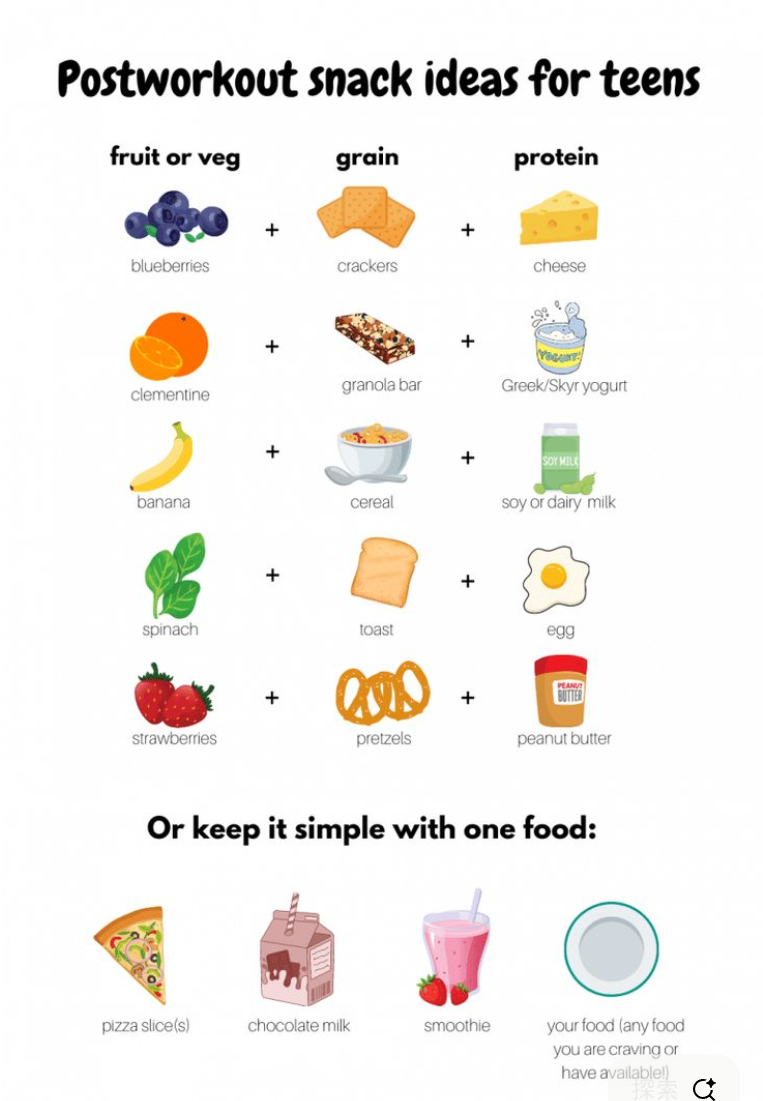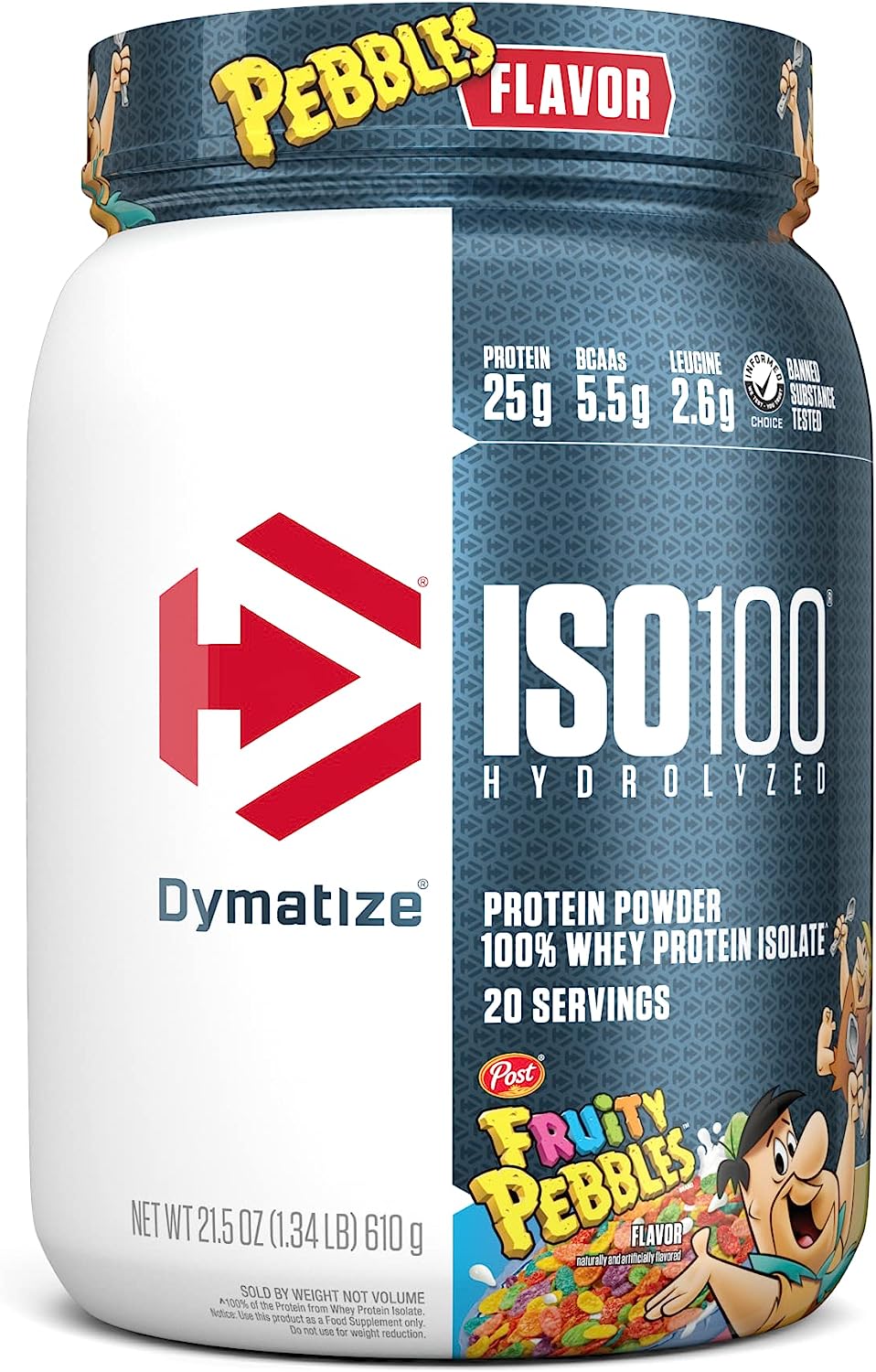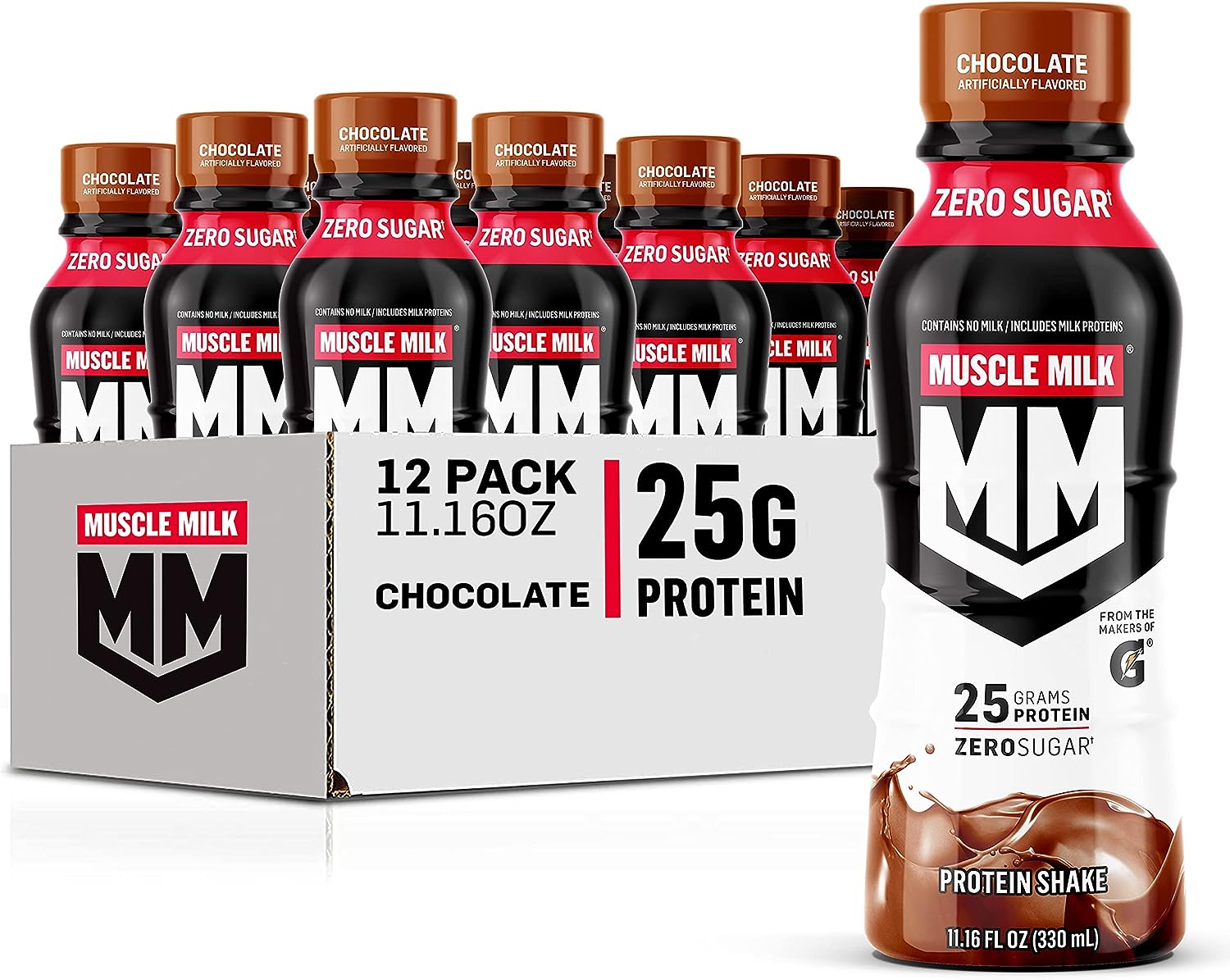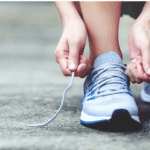When it comes to endurance sports, the concept of carb loading is often met with excitement and anticipation. After all, who doesn’t love the idea of indulging in a hearty bowl of pasta the night before a big race? However, carb loading is much more than just a pre-race feast. It’s a strategic approach to fueling the body for optimal performance. In this article, we’ll explore the science behind carb loading, how to do it correctly, and tips for a successful and comfortable experience.
Understanding Carb Loading
Carb loading is a technique used by endurance athletes to maximize their glycogen stores before a race or long training session. Glycogen, a form of carbohydrate stored in the muscles and liver, is the primary source of energy during prolonged physical activity. When glycogen stores are full, athletes can delay fatigue and enhance their performance.
The Science of Glycogen
Glycogen is a complex carbohydrate that the body breaks down into glucose to meet its energy needs. The body has a limited capacity to store glycogen, and during intense or prolonged exercise, these stores can become depleted. By carb loading, athletes can “top off” their glycogen tanks, providing a larger energy reserve for their event.
How to Carb Load Effectively
Carb loading is not as simple as eating a large bowl of pasta the night before a race. In fact, doing so can lead to gastrointestinal distress and other uncomfortable side effects. To maximize the benefits of carb loading, athletes should follow a structured approach.
Timing is Key
Carb loading should begin 1 to 3 days before the event, depending on the duration and intensity of the activity. For longer races like marathons or triathlons, a 2- to 3-day carb load is recommended. Starting too late can result in incomplete glycogen replenishment, while starting too early can interfere with normal training routines.
The Right Amount of Carbs
During the carb-loading period, athletes should aim to consume 8 to 10 grams of carbohydrates per kilogram of body weight per day. This can be adjusted based on individual tolerance and specific needs. For example, a 140-pound athlete would need approximately 630 grams of carbohydrates per day.
Balancing the Plate
While carbohydrates should be the primary focus during carb loading, it’s important to maintain a balanced diet. Meals should still include proteins and fats to support overall health and recovery. The goal is to increase carbohydrate intake while maintaining a well-rounded diet.
Practical Tips for Carb Loading
Sample Carb-Loading Menu
Here’s a sample menu for a 140-pound athlete aiming for 10 grams of carbohydrates per kilogram of body weight per day:
Breakfast:
- Scrambled eggs
- Whole-grain bagel with jam
- Sports drink or juice
Snack:
- Banana
- Granola bar
Lunch:
- Low-fiber pasta with tomato sauce and chicken
- Garlic bread
- Chocolate milk
Snack:
- Apple
- Sports drink
Dinner:
- White rice
- Grilled salmon
- Steamed vegetables
- Orange juice
Snack:
- Low-fiber cereal with milk
Using the Training Plate Method
For those who prefer a simpler approach, the training plate method can be effective. Aim for 50% of the plate to be carbohydrates, 25% protein, and 25% fruits and vegetables. Adding an extra carbohydrate portion to each meal can also help achieve the desired carb load.
What to Expect During Carb Loading
Carb loading can come with some side effects, but these are generally normal and manageable. Here’s what athletes can expect:
Bloating and Increased Weight
Carb loading often leads to bloating due to increased water retention. This is normal, as glycogen storage requires water. Athletes may also notice a temporary increase in body weight, typically 2 to 5 pounds. This is due to fluid retention and should not be a cause for concern.
Changes in Bowel Habits
Increased carbohydrate intake can lead to changes in bowel habits. To minimize discomfort, reduce fiber intake during the carb-loading period by focusing on low-fiber carbohydrates like white bread, pasta, and cereals.
Tips for a Successful Carb Load
Stay Hydrated
Drinking plenty of fluids is essential during carb loading. Carbohydrate-containing drinks like fruit juice and sports drinks can help meet both carb and hydration needs.
Keep It Simple
Avoid overly complicated or unfamiliar foods during the carb-loading period. Stick to familiar, easily digestible carbohydrates to minimize gastrointestinal issues.
Monitor Your Intake
If counting carbohydrates is not your style, consider using a food diary or app to track your intake. This can help ensure you’re meeting your carb-loading goals without overcomplicating the process.
Carb loading is a valuable strategy for endurance athletes looking to maximize their performance. By understanding the science behind glycogen storage and following a structured approach to carb loading, athletes can delay fatigue and enhance their endurance. Remember to start early, balance your diet, and stay hydrated. With the right preparation, carb loading can be a game-changer for your next big event.


























